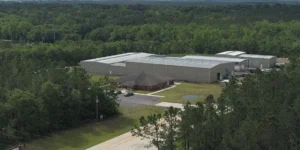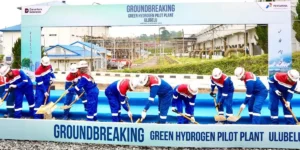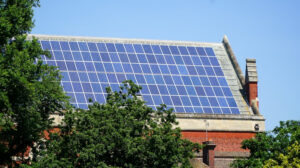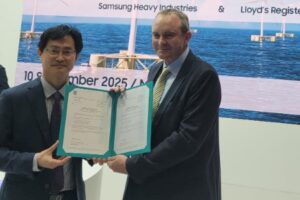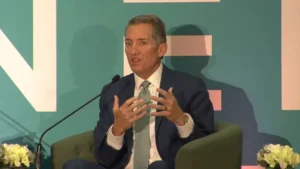‘Nearly €9bn’ | France unveils plan for 6.5GW of ‘low-carbon electrolytic hydrogen’ by 2030 in draft update of national H2 strategy
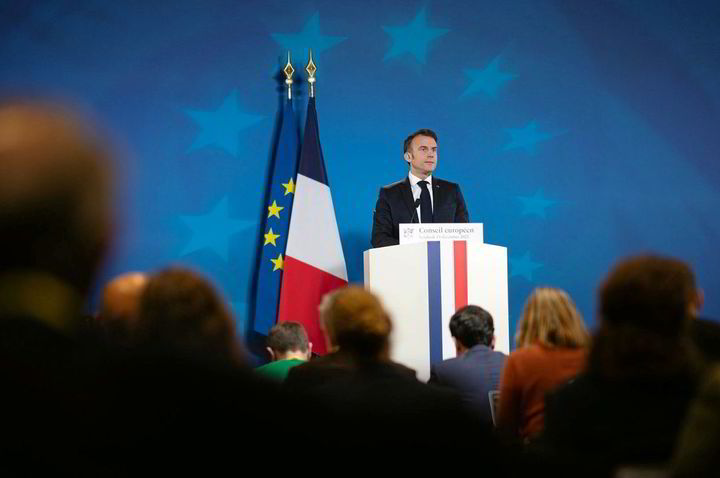
France aims to install 6.5GW of “low-carbon electrolytic hydrogen” production capacity by 2030, rising to 10GW in 2035, according to a draft update of France’s national H2 strategy.
“This production will be from France’s low-carbon electricity mix or by nuclear or renewable electricity, depending on the supply choices of each installation, in consistency with the principle of technological neutrality between renewable and low-carbon hydrogen,” says the document, which has gone out for public consultation.
“The government plans to commit nearly €9bn [$9.87bn] by 2030 to support the deployment of decarbonised hydrogen.”
The document confirms that France will spend €4bn on subsidies — in Contracts for Difference-style auctions — to support the deployment of 1GW of “electrolytic production” over the next three years.
These subsidies will take the form of operating grants partly calculated on the difference between the cost of grey hydrogen (including the carbon price) and low-carbon H2.
“The government has consulted the sector on draft specifications and will launch the competitive bidding procedure at the beginning of 2024 with a view to a first call for tenders.”
Article continues below the advert
The government had previously stated that the first tender would be for 150MW (with the possibility of extending this to 180MW), with a second 250MW auction in 2025 and a final 600MW one in 2026.
Also, the new document states that the TIREURT tax credit scheme, which had been set up to support renewables-based fuels in transport, “will be extended to all energy vectors and almost all modes of transport”.
“Renewable hydrogen has been eligible for credits under this system since January 1, 2023. From January 1, 2024, low-carbon hydrogen will also be eligible, with an incentive of up to €4.7/kg of hydrogen,” it explains.
New subsidy for hydrogen equipment
The document adds that it will create a new subsidy next year for hydrogen equipment made in France.
“An investment subsidy, which will directly support the installation of equipment of French origin, will be created during 2024,” it explains, as part of its international hydrogen diplomacy, suggesting that this subsidy may be available to foreign buyers.
France will also “continue to strengthen its control of all hydrogen equipment and its technologies” through various existing support schemes.
It adds: “Mastering the production of hydrogen, its technologies and its equipment offers strong opportunities to reindustrialise France.”
Natural hydrogen
The document also states that the government will launch an exploratory study on naturally occurring hydrogen “to assess by 2025 the extraction potential in France, its economic interest and its environmental impacts”.
It points to the recent research permit granted in the Pyrénées-Atlantiques region in southwest France, and adds that the government “will massively accelerate this research, to map our subsoil and develop the most environmentally friendly extractive techniques which will allow us to fuilly mobilise the French potential in natural hydrogen”.
“France has the means to become a pioneer country in this energy of the future,” it adds.
Importing hydrogen
The document also calls for government agencies to compile a report by the end of the first quarter of 2024 on the prospects for importing carbon-free hydrogen or its derivatives, including “possible import infrastructures” — while adding that “public financial support will remain focused on local production”.
Using H2 to balance the electricity grid
Another new initiative contained in the draft strategy is to use hydrogen production to help balance the grid.
This means reducing electrolysers’ electricity consumption during peak demand, while “promoting operation during periods when electricity is inexpensive and low-carbon [electricity] production is abundant”.
Taking electrolysers off the grid will require “the establishment of sufficient [H2] storage or the mobilisation of excess non-electrolytic production capacity to make it possible to maintain the continuous supply of hydrogen to industrial customers”, it points out.
“The main potential sites identified for this storage are located near the hubs of Fos-sur-Mer and Lyon.”
